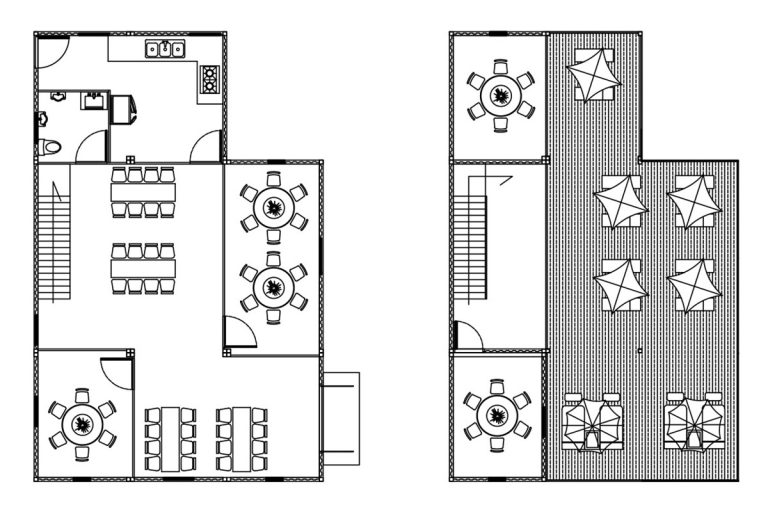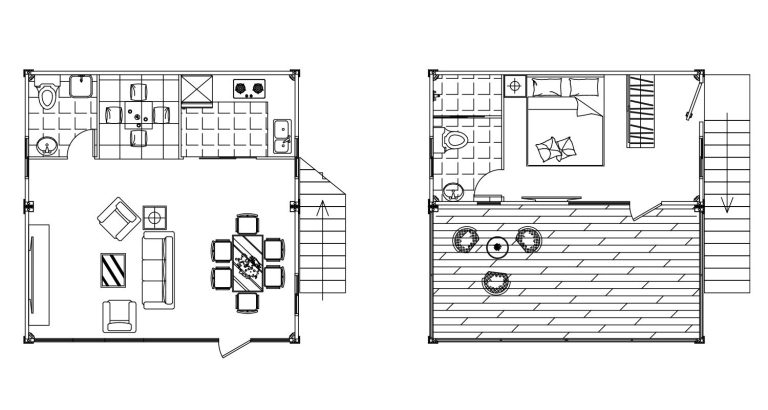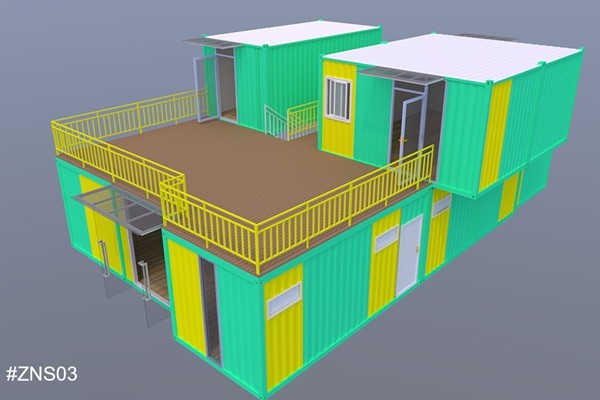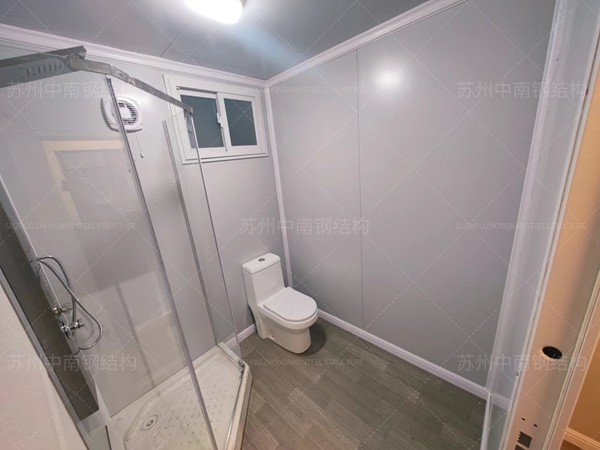size of shipping containers for homes
Shipping containers, once the humble workhorses of global trade, have rapidly gained popularity as sustainable and innovative housing solutions. These steel giants are not just about affordability; they're about redefining modern living spaces. Understanding the dimensions and sizes of these containers is crucial for anyone considering transforming them into homes. This article delves into the various sizes of shipping containers used in housing, providing insights into their applicability and benefits.

Shipping containers primarily come in two standard lengths 20 feet and 40 feet. The 20-foot container, commonly referred to as TEU (Twenty-foot Equivalent Unit), typically measures 20 feet in length, 8 feet in width, and 8.5 feet in height. These containers offer approximately 160 square feet of space, making them ideal for compact and minimalist living quarters or modular components in a larger home design. They are often favored for their easy maneuverability and adaptability in urban and rural settings alike.
The 40-foot container, or FEU (Forty-foot Equivalent Unit), doubles that space, providing about 320 square feet. It shares the same width and height as its smaller counterpart but offers more room for expansive designs. This size is popular for larger homes and commercial applications, enabling more complex layouts and features. For those seeking even more headroom, the high-cube variant adds an extra foot in height, providing ceiling space that accommodates lofts or enhanced ventilation.

When utilizing these containers for home construction, understanding the structural implications is vital. Shipping containers are made of corrugated steel, offering immense strength and durability. However, when integrating doors, windows, or making substantial modifications, it's essential to maintain structural integrity. Consulting with experienced architects or builders specializing in container architecture ensures the modifications adhere to safety standards while optimizing space use.
Beyond the standard dimensions, there's an emerging trend of using smaller, specialized containers. These include 10-foot containers, which serve as excellent additions to a primary container home for storage or as proprietary units in limited space scenarios. With approximately 80 square feet, they are perfect for single-room setups or as extensions like home offices or guest rooms.size of shipping containers for homes
Incorporating shipping container homes extends beyond just physical dimensions. It's about leveraging their inherent sustainability. Repurposing these structures reduces waste, as each container potentially saves thousands of kilograms of steel from being scrapped. Furthermore, their modular nature means homes are expandable, configurable, and relocatable, aligning with the evolving lifestyles of modern homeowners.
It's also crucial to consider the environmental and locational regulations associated with these innovative dwellings. Zoning laws, foundation types, and insulation methods vary significantly across regions. Proper insulation is crucial due to the metal walls, which can conduct heat and cold efficiently. Sustainable solutions like green roofs or solar integration can drastically improve energy efficiency and indoor climate control, aligning with eco-conscious objectives.
Finally, the growing demand for container homes has led to a rise in expertise and resources dedicated to this niche. Prospective container homeowners are encouraged to engage with communities and forums focused on container living, where experienced individuals share insights, designs, and troubleshooting tips. These communities foster trustworthiness in the information exchanged, providing a rich resource hub for newcomers and veterans alike.
The versatility and growing sophistication of shipping container homes make them an enticing option for sustainable and innovative housing. While dimensions and sizes are a fundamental consideration, the possibilities they unlock extend far beyond mere numbers, offering a dynamic approach to modern living that is both practical and inspirational.





